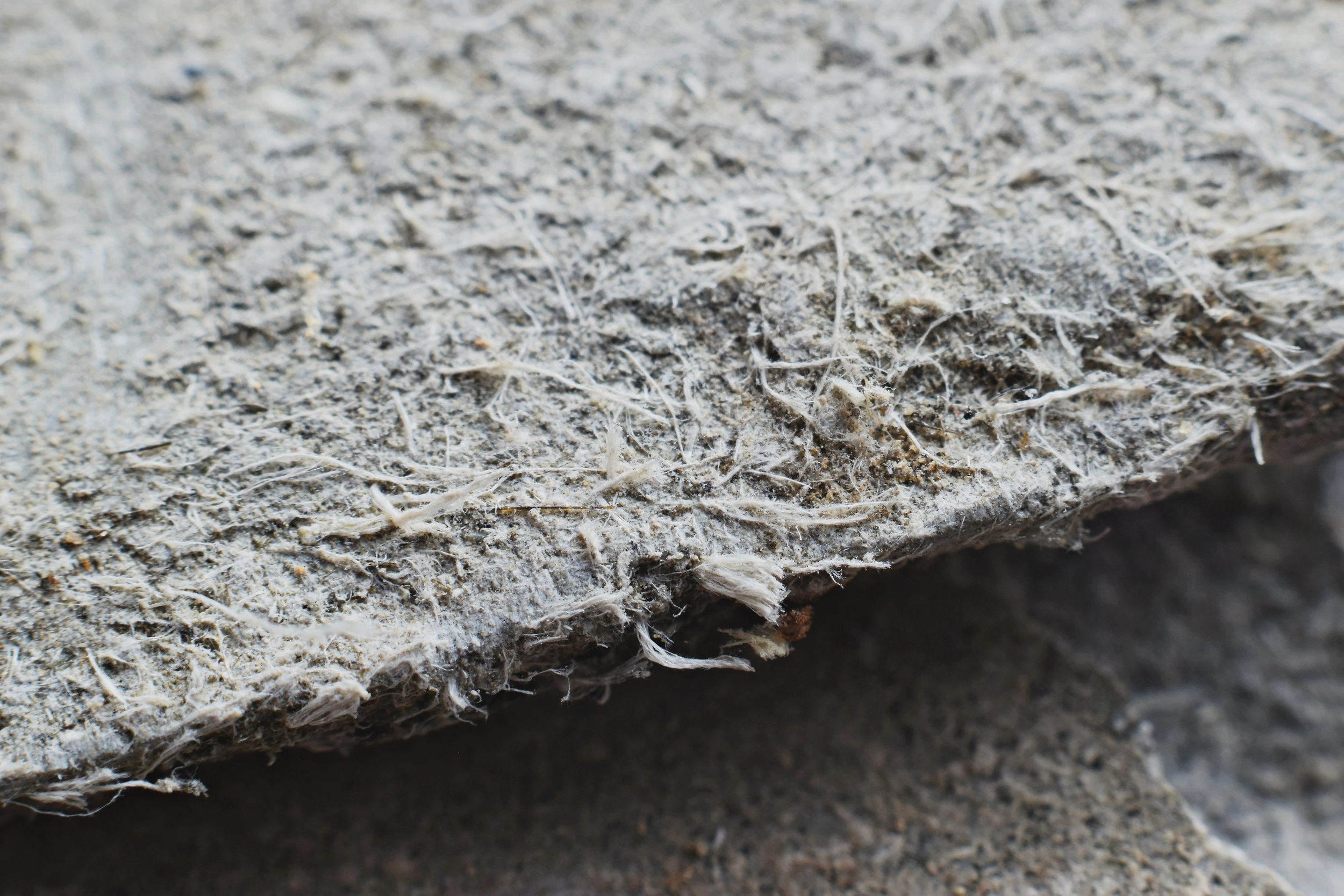
FAQ
-
Asbestos is a term that describes naturally occurring fibrous silicate minerals (rock-forming minerals). The most common types of asbestos used in New Zealand are Chrysotile (White), Amosite (Brown), and Crocidolite (Blue). Breathing in asbestos can result in the fibres becoming lodged in the tissue of your lungs, which results in many diseases and cancer. *Information found in Health and Safety at Work Act, Approved Code of Practice, Management and Removal of Asbestos 2016, Section 2.2 and 2.4
-
A PCBU or Homeowner who commissions the removal of asbestos must ensure that the removal is carried out by a licensed asbestos removalist. There are two different types of asbestos removalists, A Class and B Class. However, if the asbestos that is being removed is non-friable and under 10m2 a competent unlicensed person can remove it, if they have been trained in the identification, safe handling, and control measures for asbestos removal. You can complete this training through our Asbestos Awareness Course. *Information found in the Health and Safety Work (Asbestos) Regulations 2016, Section 17, and Section 27.
-
Asbestos is present in many household items and building materials and therefore pose a great threat if disturbed. In New Zealand on average 170 people die every year from asbestos-related diseases. By undertaking the Awareness Training, you can stop work on asbestos products before it is too late and take the correct steps to protect you and those around you. *Information found in www.worksafe.govt.nz
-
Asbestos poses a danger if it is disturbed. If asbestos is in a good and stable condition, does not pose a risk of being disturbed, and the correct procedures are followed as per the asbestos regulations and guidelines, it may not be reasonable or practicable to remove. The PCBU or the Homeowner must put other control measures in place to make sure that people are not exposed to airborne asbestos. These control measures include enclosing, encapsulating, or sealing the asbestos. *Information found in the Health and Safety at Work Act, Approved Code of Practice, Management and Removal of Asbestos 2016, Section 8.3 to Section 8.5.
-
It is safe to remove asbestos if all regulations and guidelines/codes of practice are followed. This can include setting up an enclosure air extraction system and ensuring that no fibres can be released from the site. All licensed and certified removalists, and tools that were used during the removal process must be decontaminated before exiting the work site. Together these steps ensure that the removal is safe and there is no chance of spreading asbestos fibres or dust. *Information found in the Health and Safety Work (Asbestos) Regulations 2016, Section 39, and Section 40.
-
Buildings built, altered, or refurbished from the 1900’s are likely to contain materials made with asbestos. Buildings built after 2000 are less likely to contain asbestos, but some may still. Asbestos was used due to its fire-retardant nature and for insulation. Asbestos containing materials include textured ceilings, vinyl with backing paper, cement sheets, soffits, cement roofing, gable ends, lath and plaster, cement pipes, fuse boxes, hot water cylinders, fireplaces, and many more. *Information found in the Health and Safety at Work Act, Approved Code of Practice, Management and Removal of Asbestos 2016, Section 2.4.4 and Section 2.4.5.
-
An independent assessor will work alongside us to monitor the work site during the removal process. Once all the asbestos has been removed, the assessor will carry out final tests to ensure that the site is clear of asbestos fibres. They will then issue a clearance certificate which we pass onto our client to give assurance that all is safe to return. *Information found in the Health and Safety Work (Asbestos) Regulations 2016, Section 41, and Section 42.
-
All persons Conducting a Business or Undertaking (PCBU) must comply with the Health and Safety (Asbestos) Regulations 2016 to identify and manage any asbestos within their premises. This includes legal requirements to identify asbestos within the workplace.
-
Once we have taken the samples, they are sent to an independent IANZ accredited laboratory who will analyse them. On completion of the lab analysis the results are passed onto the client.
-
A survey is when our qualified surveyors fully investigate a building to see what areas may contain asbestos. In areas where it is possible that asbestos is present, samples are taken. Sampling is when a client has directed us to only sample from specific areas of a building (e.g., a textured ceiling). This is the only sample that will be taken unless specified otherwise.
-
We aim to make our surveys and samples as non-invasive as possible. This includes taking samples in spots that can be easily covered, and all samples are covered with tape to stop the release of any possible fibres. However, depending on the extent of the samples and the type of survey required, damage will occur to surfaces sampled.
-
You will learn what asbestos is, why it can be so deadly, and the best safe work practices. Face to face learning with a qualified and experienced asbestos instructor will ensure that you will learn and understand safe handling procedures, the use of RPE and PPE, asbestos identification, PCBU requirements and much more.
